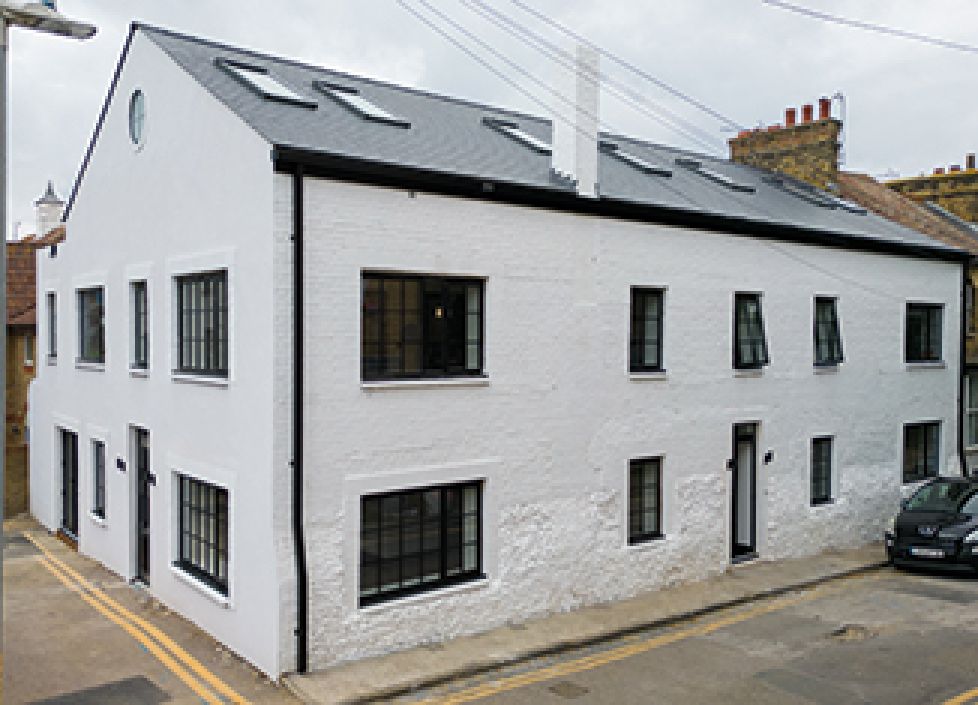It is no secret that over the past few years young workers have been arriving in the UK from around the World, and especially from other EU countries, in their thousands. But over the past 50 years there has been a net migration loss in 21 of those years, while a net migration gain has occurred in 29 of those years.
However, the last year that more people left the UK than arrived was back in 1993, and since then it has been very much one-way traffic. Also, in all of the 'negative' 21 years, there was never a net loss in excess of 100,000 people during one calendar year, but since 1998 the net gain of migrants has been over 100,000 every year and often the figure is higher than 200,000 per year. As a result, since 1964 the population of the UK has grown by over 10m people (+18.7%), according to an ONS report released at the end of June entitled 'Changes in UK population over the last 50 years'.
But thanks to the rapid expansion of the European Union in 2004 and 2007, around half of this population growth has occurred since 2001. That equates to having to house an extra 5m people over the past 12-13 years alone, at a time of very low levels of construction. In mid-2013, according to the latest estimate by the Office of National Statistics (ONS), the UK population had reached 64.1m
As well as increasing immigration numbers, the past 10 years has also seen an increasing number of births, driven by both the immigration of women of childbearing age (15-44) and rising fertility among UK-born women.
In this article we will look at where this immigrant population is moving to. As they are young workers, they are most likely to rent and then eventually buy, which should push property values up in those areas.



















